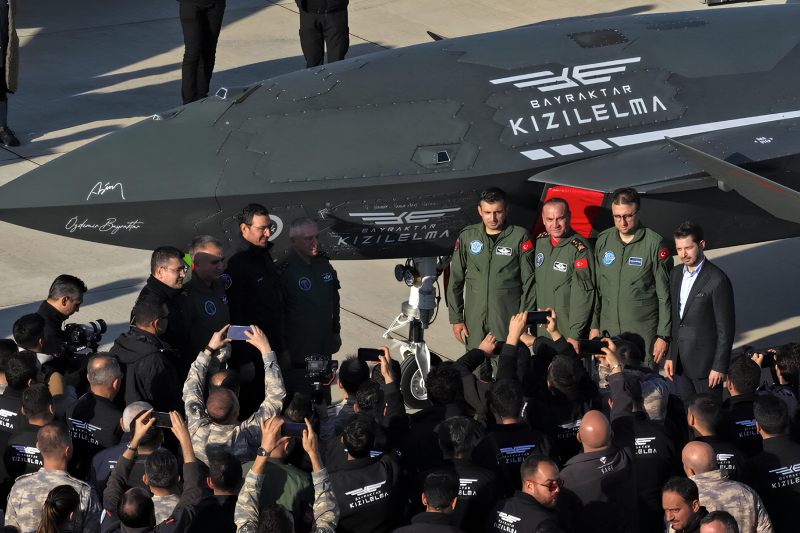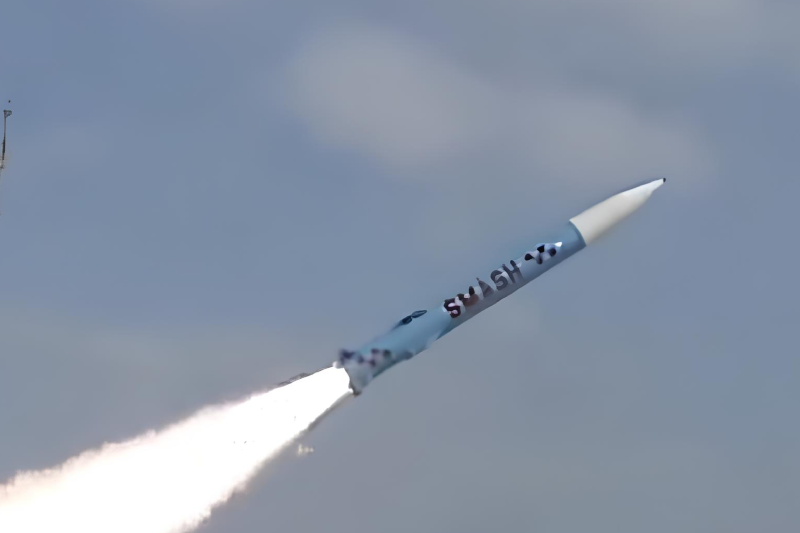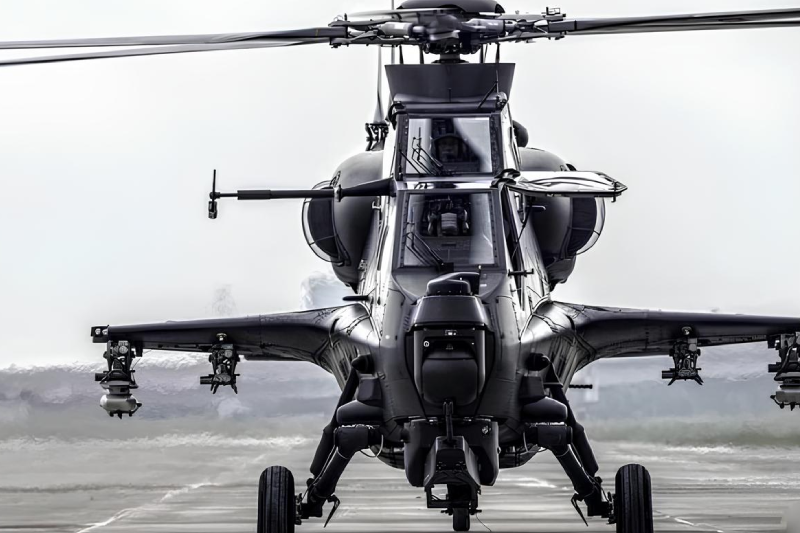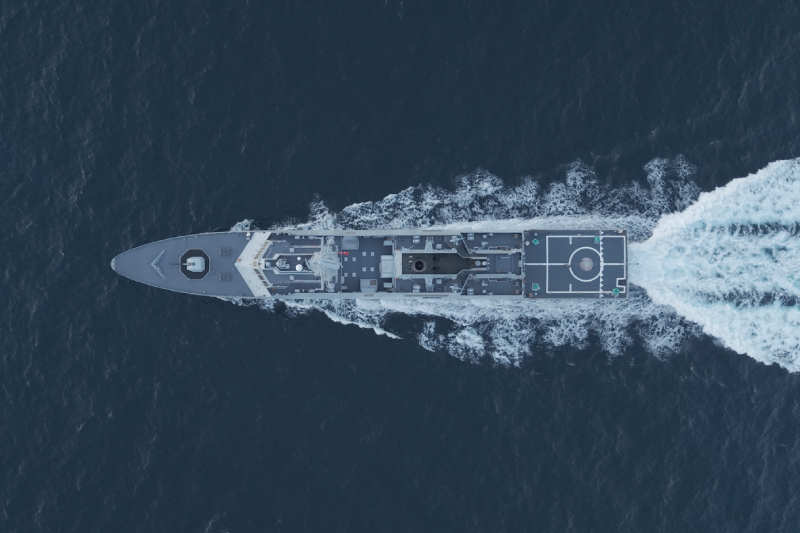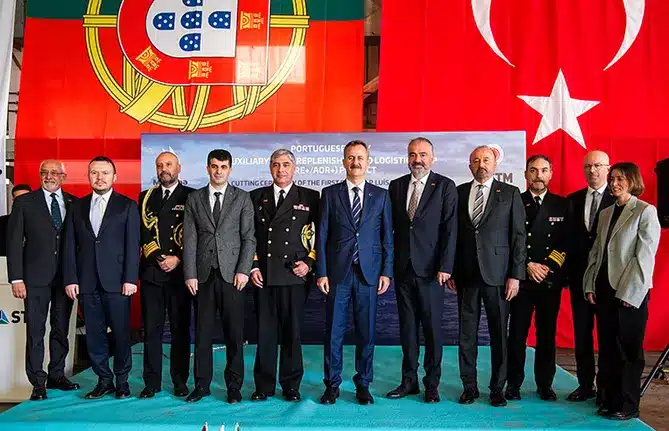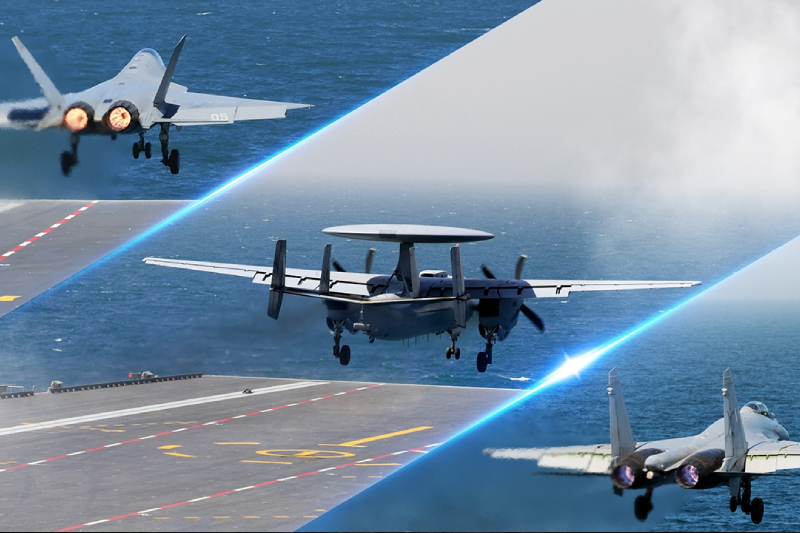PLA Navy Hits New Milestone with Fujian Carrier Aircraft Trials
China has reached a groundbreaking achievement in naval aviation with the successful electromagnetic catapult operations aboard the Fujian, the nation’s most advanced aircraft carrier. The carrier has successfully completed catapult-assisted takeoffs and arrested landings for the J-15T heavy fighter, J-35 stealth fighter, and KJ-600 early warning aircraft, marking a transformative moment in China’s maritime capabilities. This historic milestone demonstrates China’s mastery of advanced electromagnetic catapult technology and establishes the nation as a major aircraft carrier power with world-class naval aviation systems.
Revolutionary Electromagnetic Launch
The Fujian’s electromagnetic catapult system represents a technological breakthrough that places China among the world’s most advanced naval powers. The successful integration of electromagnetic launch and arresting systems with multiple aircraft types validates China’s indigenous development capabilities in complex carrier aviation technologies.
This achievement demonstrates the excellent compatibility between China’s independently developed electromagnetic catapult system and diverse carrier-based aircraft platforms. The technology enables more efficient aircraft launches with reduced mechanical stress compared to traditional steam catapults, while providing greater operational flexibility and reliability.
Multi-Platform Integration Success
The comprehensive testing program involved three critical aircraft types that form the backbone of modern carrier aviation operations. Naval pilots successfully completed takeoff and landing operations with the J-15T heavy fighter jet, J-35 stealth fighter, and KJ-600 early warning aircraft, proving the system’s versatility across different aircraft configurations and operational requirements.
This multi-platform integration capability enables the Fujian to achieve initial full-deck operation status, establishing the foundation for comprehensive carrier air wing operations. The successful coordination of different aircraft types demonstrates China’s advanced carrier aviation training and operational procedures.
J-35 Stealth Fighter Enters Service Era
The J-35 stealth fighter represents China’s entry into fifth-generation carrier-based aviation, making the nation only the second country after the United States to operate stealth fighters from aircraft carriers. This advanced platform primarily focuses on air superiority missions while maintaining capability for diverse strike operations against maritime and land targets.
The J-35’s stealth characteristics and advanced avionics systems provide the Fujian with cutting-edge air combat capabilities. Combined with the J-15T heavy fighter’s high payload capacity, this combination creates a synergistic effect that significantly enhances the carrier formation’s penetration and saturation strike capabilities in contested environments.
KJ-600 Early Warning Aircraft Capabilities
The KJ-600 early warning aircraft serves as the carrier formation’s airborne command and control center, providing superior detection capabilities compared to helicopter-based systems or ship-mounted radars. The fixed-wing platform operates at higher altitudes with extended range and enhanced accuracy for threat detection and assessment.
This capability proves particularly valuable for detecting low-altitude, sea-skimming missiles that exploit earth curvature limitations affecting surface-based radar systems. The KJ-600 functions as both the “eyes” and airborne “brain” of carrier formations, substantially improving long-range detection, early warning, and command-and-control effectiveness.
Complete Carrier Aviation “Five-Piece Suite”
The successful integration of multiple aircraft types represents the completion of China’s carrier aviation “five-piece suite,” encompassing air superiority, sea control, land attack, reconnaissance and early warning, electronic warfare, and anti-submarine capabilities. This comprehensive air wing configuration includes the J-35, J-15T, J-15D electronic warfare aircraft, KJ-600 early warning platform, and anti-submarine helicopters.
The complete suite provides the Fujian with comprehensive combat capabilities across all maritime warfare domains. This integrated approach ensures the carrier can conduct complex multi-domain operations while maintaining defensive and offensive effectiveness in contested maritime environments.
Advanced Training and Operational Integration
The successful catapult operations demonstrate China’s mature development of carrier aviation training programs and operational procedures. Naval pilots successfully completed complex launch and recovery operations across multiple aircraft types, validating both human and technological readiness for advanced carrier operations.
The experience gained from previous carriers, particularly the Liaoning, provided invaluable reference points for Fujian operations. This accumulated knowledge base enabled accelerated development timelines and enhanced operational integration compared to initial carrier aviation programs.
World-Class Carrier Capabilities
Military experts assess the Fujian as ranking among the world’s most advanced aircraft carriers, with capabilities that exceed China’s previous carriers, the Liaoning and Shandong. The electromagnetic catapult system, combined with advanced aircraft platforms, provides the Fujian with superior operational flexibility and combat effectiveness.
The carrier’s comprehensive combat capabilities enable far seas operations including air superiority missions, maritime strike operations, and land attack capabilities. These enhanced capabilities represent a fundamental improvement in China’s ability to project power and maintain maritime security in distant waters.
Strategic Maritime Transformation
The Fujian’s operational readiness marks China’s transition from near seas defense to far seas defense capabilities, enabling the PLA Navy to operate effectively in distant maritime regions. This transformation supports China’s broader strategic objectives while enhancing the nation’s ability to protect maritime interests and trade routes.
The carrier’s advanced capabilities provide China with enhanced deterrent effects against potential adversaries while supporting diplomatic initiatives through naval presence operations. This dual-use capability strengthens China’s position as a major maritime power with global reach potential.
Technology Demonstration and Development
The electromagnetic catapult system’s success validates China’s indigenous defense technology development capabilities while demonstrating mastery of complex naval aviation systems. This achievement reduces dependence on foreign technology while establishing China as a leader in advanced carrier aviation systems.
The technology development process provides valuable experience for future carrier programs and advanced naval systems. China’s ability to integrate complex technologies across multiple platforms demonstrates sophisticated engineering and manufacturing capabilities that support continued naval modernization efforts.
Imminent Commissioning Timeline
The successful completion of catapult operations indicates the Fujian’s approaching commissioning into active PLA Navy service. The carrier is expected to achieve combat-ready status upon official delivery, representing a significant enhancement to China’s naval capabilities and strategic deterrent posture.
Upon commissioning, China will operate three aircraft carriers simultaneously, dramatically expanding the PLA Navy’s ability to conduct sustained far seas operations. This enhanced capability provides greater operational flexibility while enabling multiple concurrent missions across different maritime regions.
Also read this: China Commissions 300th J-20 Fighter Jet in New Brigade
Regional and Global Impact
The Fujian’s operational capabilities significantly alter regional maritime power balance throughout the Asia-Pacific theater. The carrier’s advanced systems and comprehensive air wing provide China with enhanced power projection capabilities that influence strategic calculations among regional nations and global maritime powers.
The successful demonstration of electromagnetic catapult technology and fifth-generation carrier aviation establishes China as a peer competitor in advanced naval capabilities, reshaping global naval aviation development priorities and strategic planning considerations worldwide.
Keep connected with us at Facebook, Twitter, YouTube, Instagram & TikTok for latest defense happening around the globe.
Discover more from International Defence Analysis
Subscribe to get the latest posts sent to your email.





